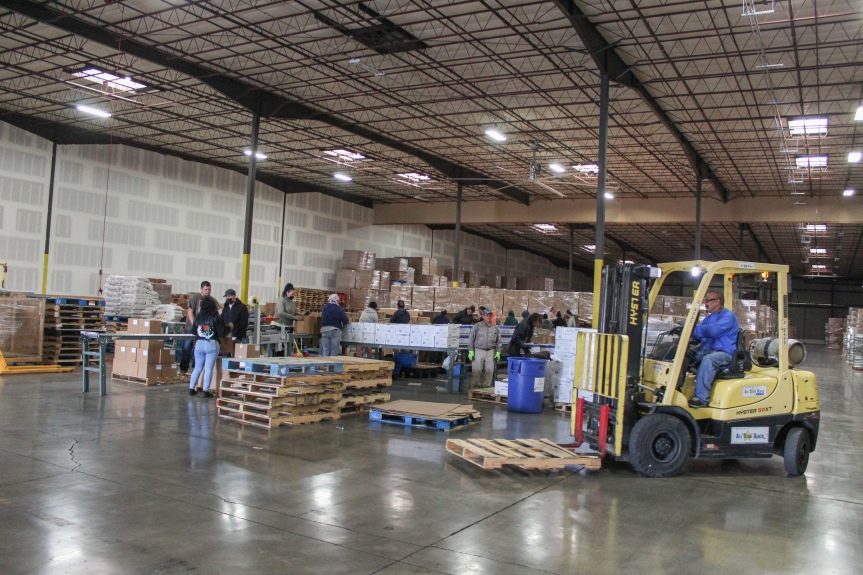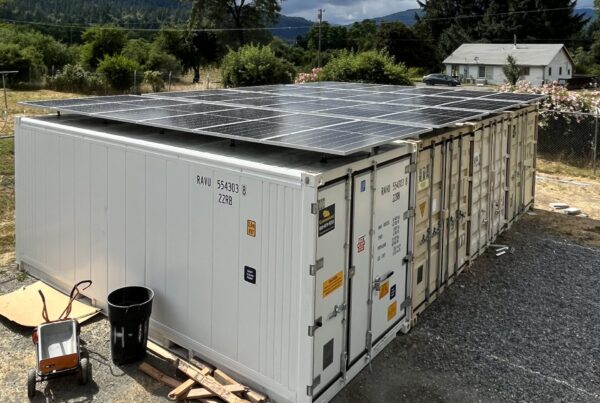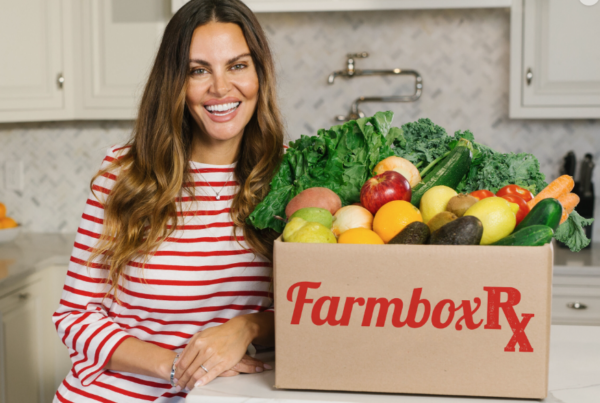CalFoods Logistics was recently featured in The Daily Democrat. Read the Full Article Below or click this link.
CalFoods Logistics’ Woodland warehouse provides food for California food banks
Article by – Gerardo Zavala | March 4, 2022
CalFoods Logistics — a nonprofit organization working to provide food assistance for people experiencing food insecurity — opened its Woodland warehouse in 2020 that is now used to supply 24 counties in Northern California, the Central Valley and some counties along the coast.
CEO Steve Linkhart noted that although the 1685 Tide Ct. warehouse only supplies 24 counties, his organization helps supply all 58 California counties with food from around the world.
“That’s the unique thing, this warehouse only goes to 24 counties,” Linkhart explained. “My team does direct shipments to the other food banks.”
The COVID-19 pandemic led to more food insecurity as people lost their jobs and needed to rely on food banks more than ever before.
“This is the first time that food banks… were the first responders and they did a great job,” Linkhart emphasized.
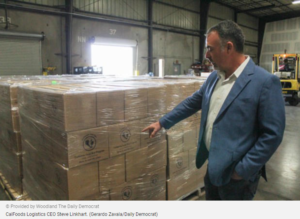
An Organization From a Need
Linkhart created his organization in 2020 to address California’s extremely high food insecurity rate — 11.7% of the state or 4.5 million Californians, according to CalFoods Logistics’ website.
He worked at the California Association of Food Banks for eight years and spent 12 years at the Food Bank of Contra Costa giving him 20 years of experience helping feed people across the state.
Linkhart created his organization in 2020 to address California’s extremely high food insecurity rate — 11.7% of the state or 4.5 million Californians, according to CalFoods Logistics’ website.
He worked at the California Association of Food Banks for eight years and spent 12 years at the Food Bank of Contra Costa giving him 20 years of experience helping feed people across the state.
Geno Geerlof, director of operations for CalFoods Logistics, works to make sure that food banks get what they want and make sure that deliveries get there on time. He worked for the San Francisco Food Bank for nine years and worked for a company that donated to all the food banks in Northern California for 13 years prior.
“It’s a lot of work, a lot of hours, but totally worth it when you go out there and see the end project of what we’re doing now,” Geerlof emphasized.
Supporting Food Availability and Infrastructure Needs
Geerlof is focused on refining the operation to ensure it runs smoothly, which is essential when supplying thousands of pounds of foods for food banks across the state while dealing with supply chain issues.
Aside from impacting food availability, supply chain issues have made trucks and forklifts needed to move food difficult to acquire. However, Linkhart and the organization have been able to purchase some of these vehicles and distributed them to food banks across the state to assist them in their work.
“We’ve purchased 15 trucks for these food banks,” Linkhart explained. “We bought it for them and gave it to them.”
Linkhart said this has “flipped the script” with a lot of the smaller food banks that they ship to who for decades have had to wait for food to come to them when they were told it was coming. The trucks allow them to come to the warehouse whenever they need to restock.
However, Linkhart noted that organizations like his and food banks aren’t the solution to the problem but are simply there to make sure that Californians don’t have to skip meals.
“All of this food, no matter how you look at it, is supplemental,” he began. “It’s not meant to save a family starving to death it’s just supplemental to add on to what they can get at their local food bank.”
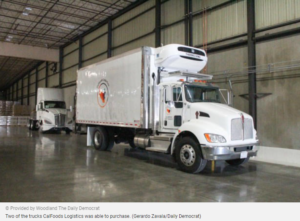
Food Insecurity Lingers On
Food insecurity in California is one of the highest compared to other states and seems to be disproportionately impacting young adults attending college or entering the workforce.
“Food banks are actually putting pantries at these universities,” Linkhart emphasized. “I was up at the University of Portland and handed out food there to the students… and I was shocked.”
Leslie Kemp, director of the UC Davis Basic Needs Initiative and Aggie Compass Basic Needs Center, said 39% of UC Davis students are food insecure.
“So we have 39%, which is almost half of our students,” Kemp said. “We can’t expand the pantry that big.”
Kemp noted that food is often the first thing that gets cut in a student’s budget because they’re typically learning how to pay their bills along with general expenses like gas, parking tickets, school supplies and more.
Community Partnerships Work
UC Davis’ food pantry is stocked by Yolo Food Bank and the campus recently started its Eat Well Yolo food distribution that’s held each Tuesday outside the Memorial Union Building to increase awareness of the service, but Kemp believes the problem won’t be solved until the cost of attending college along with the price of living in California are addressed.
Organizations like CalFoods Logistics help supply nutritious emergency food assistance for the food banks that make programs like Eat Well Yolo possible. Linkhart and his team are ensuring that students and anyone struggling to put food on the table are able to continue doing so without worrying about skipping a meal again.
To read more about CalFoods Logistics visit its blog at calfoods.org/cfl-blog.


